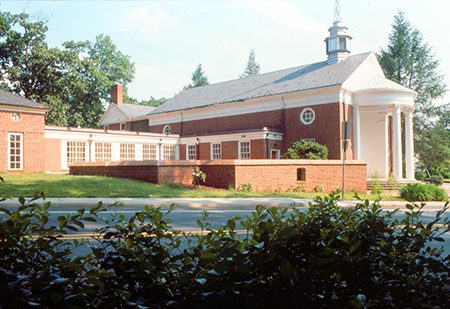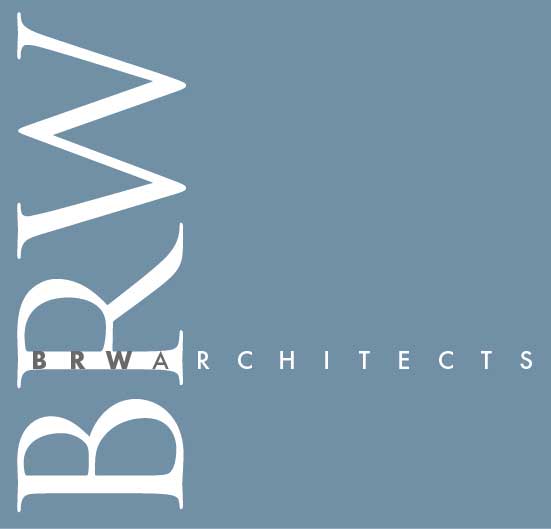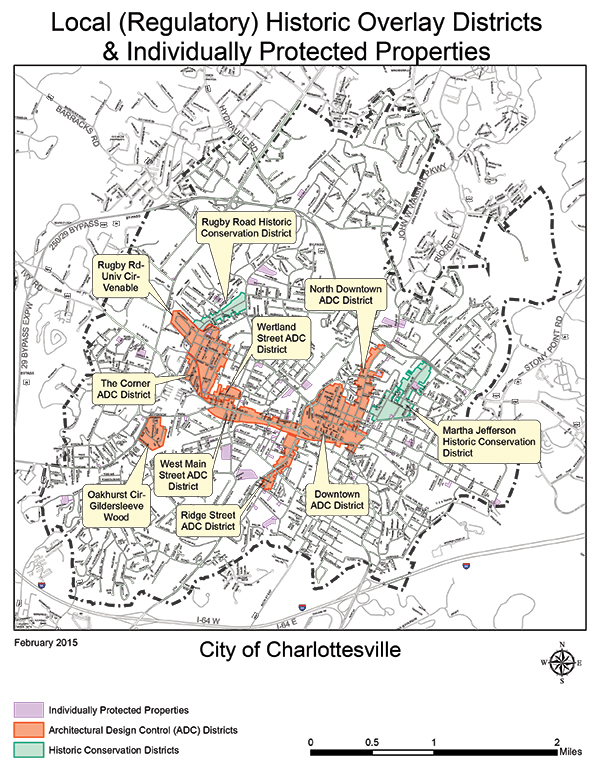designing in context
Part of our mission is to design buildings and landscapes that become “good citizens” in our community. This happens by not only meeting the specific concerns of our clients, but also by contributing to the enrichment of the larger community.
Over three and a half decades, our firm has cultivated a design process which responds to the specific landscape, built environment, and social context of each project. This creativity draws from the palette of style, material, texture and landscape in a project’s surroundings and employs them in unique compositions.
In this way, we have been able to create clearly modern projects that also fit seamlessly into Charlottesville’s historic neighborhoods.
No building is designed in isolation.
Our work at the Center for Christian Study, Brody Hillel Center, Alpha Phi, Hospice of the Piedmont, The Belmont Lofts, Thomas Jefferson Memorial Church, and Temple Beth Israel (among others) each demonstrate unique architectural responses—they are custom tailored to their surroundings. The Shingle Style at the Center for Christian Study works successfully on Chancellor Street. A modern re-interpretation in stucco and glass of the original manor house at the Brody Jewish Center has been successful on University Circle. In their guide to building in design control districts, The City of Charlottesville has used our work at Temple Beth Israel as a prototypical example of successful new construction in an historic district.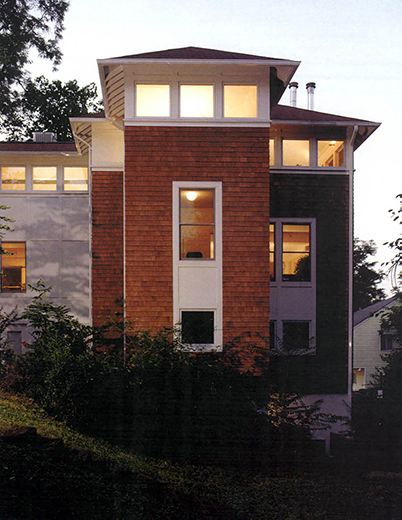
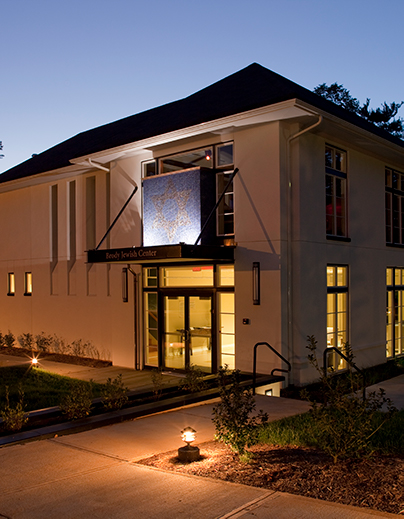
Our Work in the Rugby Road University Area Historic Neighborhoods (and Beyond)
The City of Charlottesville, over the last 40 years, has established a variety of historic neighborhoods that require design review by the Board of Architectural Review. This includes Special Use Permits, Certificates of Appropriateness, and Site Plan approvals. For newcomers who want to build or renovate in these neighborhoods, navigating the various entitlements processes with the City can feel convoluted. In our experience, it is only through building a deep familiarity with the particulars of each environment that contributes to successfully receiving these Permits.
Each historic designation has specific characteristics which vary from neighborhood to neighborhood and from district to district. These neighborhoods also are affected by proximity to the major cultural resources of the City and the University, which has a major influence on the attitude and approach taken to new construction in these neighborhoods.
In working with the BAR for over thirty years, we have seen that design proposals which may be approved in one neighborhood will not be approved in another. We have also experienced which neighborhoods support modern design, and which neighborhoods support more traditional stylistic approaches.
Our flexible approach to designing in context has built our firm’s reputation as one of the most successful partners in taking advantage of the various entitlement processes required in Charlottesville. We welcome your conversation if you anticipate renovating or new construction in one of our many local historic districts.
